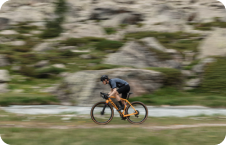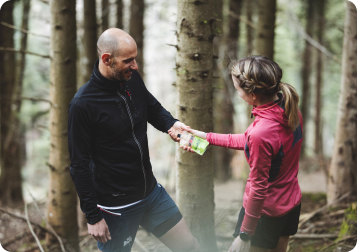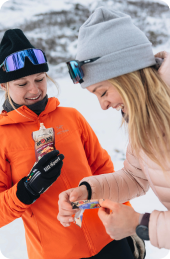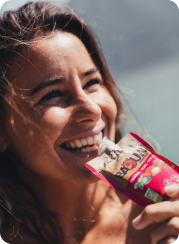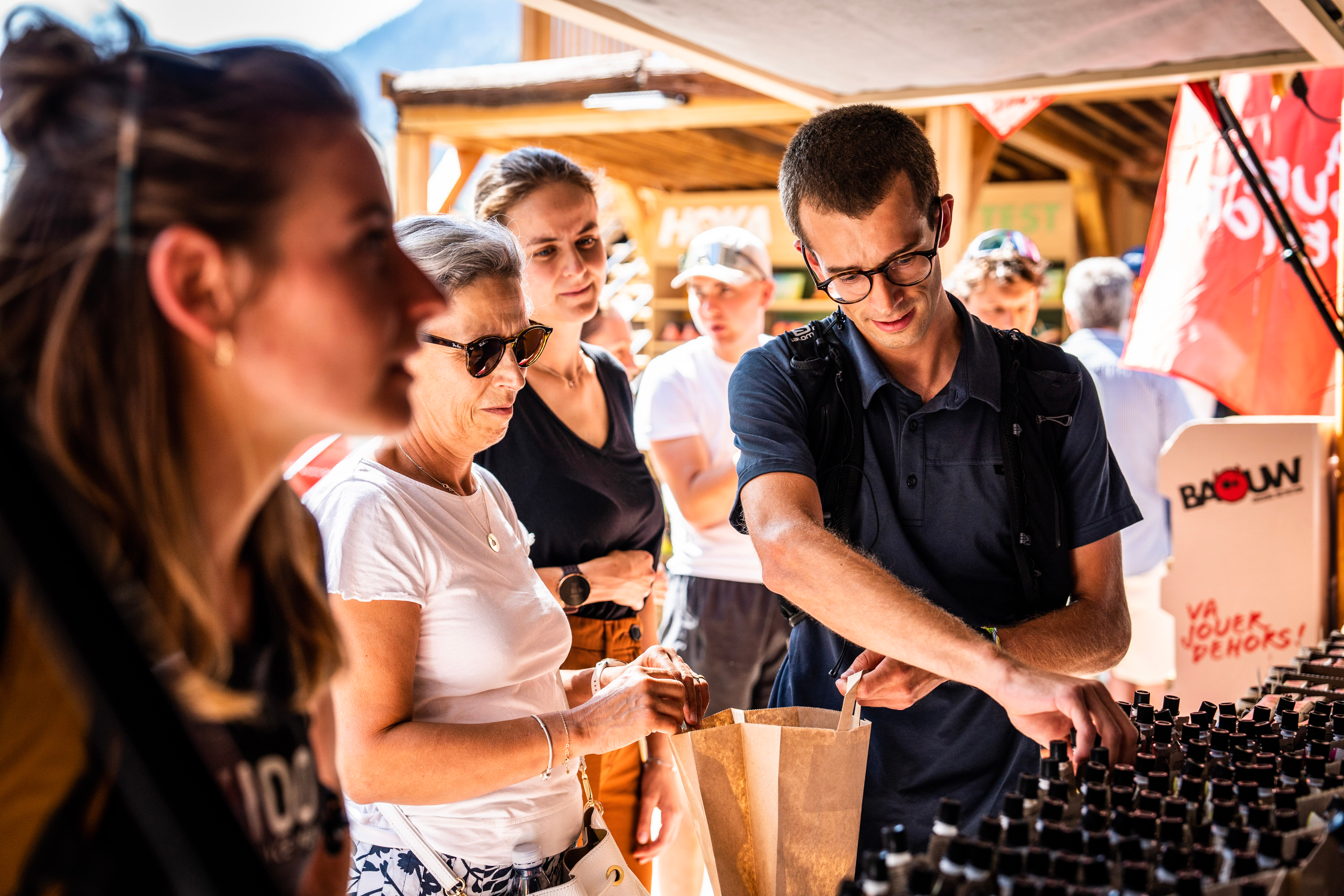As an endurance athlete, you know: summer and holidays are a great opportunity to maintain your training frequency, especially if your holiday destination is conducive to performance. Sunny days are ideal for outdoor sporting activities. However, at the height of summer, the mercury can quickly rise, making your session difficult or even counter-productive. But Baouw is not impossible, and there are ways of continuing to do sport when it's hot, as long as you take a few specific precautions to protect your health. The risks of dehydration, heatstroke and exhaustion are very real, so in this article we'll explain what your body's reactions can be, and tell you what you need to do to play outside even when it's hot!
The body's reaction to sport in hot weather
When you engage in physical activity, your body's internal temperature rises due to the production of metabolic heat. In response, and in order to maintain a stable body temperature and avoid overheating, the body activates various thermal regulation mechanisms. The best known of these? Perspiration, which dissipates heat by evaporation. However, when it's REALLY hot, the body's ability to regulate its temperature can be compromised.
What's more, the combination of high temperatures and high humidity reduces the efficiency of sweat evaporation, increasing the risk of heat stroke. And that's what you're trying to avoid as a sportsman. Hyperthermia is not to be taken lightly, as it is a medical emergency with potentially dramatic consequences.
Heatstroke and its consequences: a sportsman's worst fear
The symptoms of hyperthermia appear when the body's ability to regulate itself is compromised. Although they vary according to the severity of the condition, they generally include :
- a high body temperature, exceeding 40°C
- hot, dry skin, as advanced hyperthermia can lead to a lack of perspiration
- redness of the skin, due to dilated blood vessels
The importance of hydration when exercising in hot weather
Of course, the first thing to do if you want to continue exercising in hot weather is to think about hydration, a key factor in preventing complications associated with high temperatures. And that's a good start, because drinking not only compensates for water lost through perspiration, but also helps maintain your essential physiological functions. You can optimize your water intake by choosing mineral-rich water or adding electrolytes. In this way, you avoid the risks associated with hyponatremia (a lack of sodium in the blood) and recharge your batteries to ensure that your session continues. On average, an athlete can lose between 0.5 and 2 liters of sweat per hour of exercise, depending on the intensity of the activity and environmental conditions. So adapt your intake to your exertion!
When and how should you hydrate for sport in hot weather?
Whether you're a sportsman or not, it's always advisable to drink regularly throughout the day as temperatures rise. And if you're exercising in addition to hot weather, you need to be extra careful! Before your session, i.e. around two hours before you start exercising, you should drink 500 ml of water. During exercise, a regular intake of 150 to 200 ml every 15 minutes or so is recommended, depending on the intensity and duration of the activity. During exercise in scorching conditions, you'll need to drink more than under average temperatures to avoid hyperthermia. However, make sure you don't exceed 700 ml of water per hour, as this will upset your intestines.
However, the total amount of liquid you need to ingest depends on sweat losses, which vary according to the individual and the conditions. A simple way to check your hydration status is to weigh yourself before and after exercise: significant weight loss indicates dehydration. In addition to water, isotonic drinks can be useful for replenishing lost electrolytes.
Sport in hot weather and best practice
Remember to plan your sports sessions
Prevention and adaptation are the best ways to ensure optimal sporting performance in hot weather. That's why it's best to schedule training sessions early in the morning or at the end of the day, when temperatures are lower. Avoiding the hottest hours of the day, generally between 10 a.m. and 4 p.m., reduces the risk of overheating, but it's worth pointing out that on a scorching hot day, it's best to practice your favourite sport after sunset.
Technical equipment makes all the difference when it's hot!
As a good sportsman, you're probably aware of the benefits of technical clothing to help dissipate heat. Choose breathable clothing to help regulate your body temperature, improve air circulation and facilitate the evaporation of sweat. What's more, playing sports in hot weather means wearing a cap and sunglasses to protect you from UV rays. The key to comfort and safety!
Adapting the intensity of effort, a non-negotiable factor
Despite all the passion you may have for your sport, you need to practice it intelligently: the idea is not to perform at all costs, but to do so in a considered manner. The intensity and duration of your sessions should be adjusted according to the weather conditions. If you're just starting out in endurance sports returning to running slowly after a long break or are not at all used to the heat, we recommend starting with low-intensity exercises and gradually increasing the load. Above all, pay attention to your body signals to avoid hyperthermia.
Intersperse your workout with regular breaks
If you want to do your sport in hot weather, don't hesitate to choose a training spot that allows you to take frequent breaks in cool, shady places, not only to regulate your body temperature, but also to rehydrate. These breaks should be an integral part of your training: why not take advantage of this recommendation to work on your cardio by programming a moderate split session?
Use the right products for fuel
Sports nutrition products can give you extra support in hot weather. Our , or example, not only provide you with carbohydrates, but also the micronutrients you need for a pain-free session: calcium, iron, potassium, magnesium and more. A quick source of energy, combined with a practical format for consumption during exercise!
So exercising in hot weather is far from impossible (just avoid running a marathon at 43°C!). While it's an excellent way of staying active, it does require special preparation and precautions to avoid the dangers of heat. By understanding how the body reacts to exertion in hot conditions, hydrating properly and adopting safe practices, it's possible to enjoy the full benefits of outdoor sport on your favourite playground. One last piece of good advice? Make sure the air quality is optimal! Once you've done that, you can put on your sneakers with peace of mind and clock up the miles.



